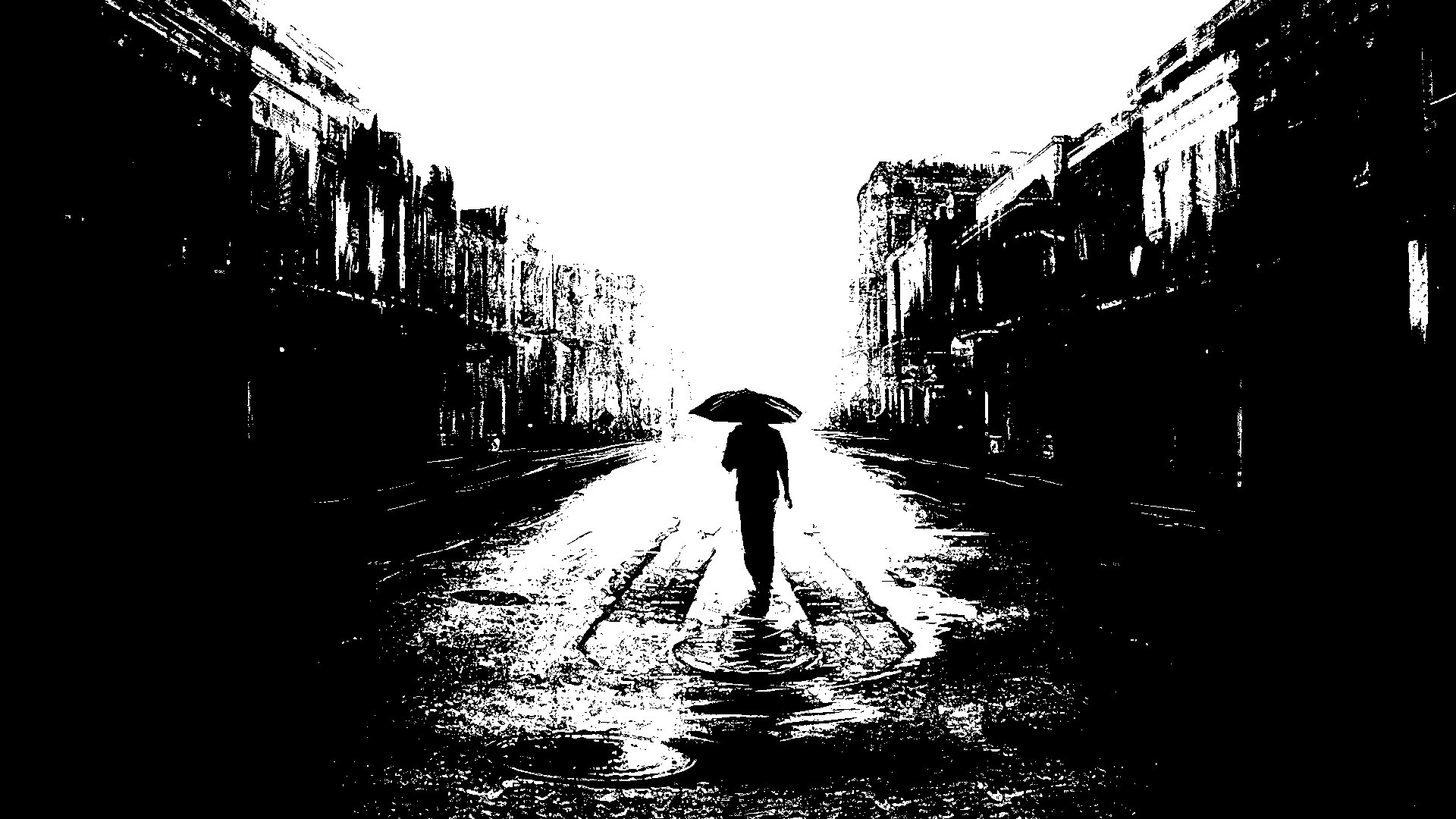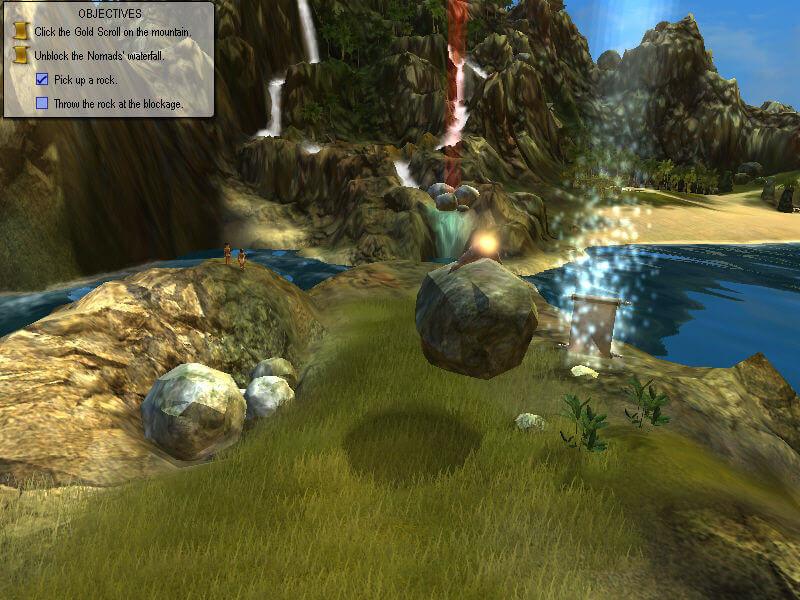Black Lives Matter is a central target of disinformation and you are a key line of defense. Report suspicious sites, stories, ads, social accounts, and posts about BLM. Black Library is a division of Games Workshop. Useful Information. To contact us either send an email to email protected or call +44 (0) 1.
Black Death
Our editors will review what you’ve submitted and determine whether to revise the article.
Join Britannica's Publishing Partner Program and our community of experts to gain a global audience for your work!
Britannica's Publishing Partner Program and our community of experts to gain a global audience for your work! Black Death, pandemic that ravaged Europe between 1347 and 1351, taking a proportionately greater toll of life than any other known epidemic or war up to that time.
How many people died during the Black Death?

It is not known for certain how many people died during the Black Death. About 25 million people are estimated to have died in Europe from the plague between 1347 and 1351.
What caused the Black Death?
The Black Death is believed to have been the result of plague, an infectious fever caused by the bacterium Yersinia pestis. The disease was likely transmitted from rodents to humans by the bite of infected fleas.
Where did the Black Death originate?
The plague that caused the Black Death originated in China in the early to mid-1300s and spread along trade routes westward to the Mediterranean and northern Africa. It reached southern England in 1348 and northern Britain and Scandinavia by 1350.
What were the symptoms of the Black Death?
Yersinia causes three types of plague in humans: bubonic, pneumonic, and septicemic. Although there is DNA evidence that Yersinia was present in victims of the Black Death, it is uncertain which form the majority of the infection took. It is likely that all three played some role in the pandemic.
Bubonic plague causes fever, fatigue, shivering, vomiting, headaches, giddiness, intolerance to light, pain in the back and limbs, sleeplessness, apathy, and delirium. It also causes buboes: one or more of the lymph nodes become tender and swollen, usually in the groin or armpits.
Pneumonic plague affects the lungs and causes symptoms similar to those of severe pneumonia: fever, weakness, and shortness of breath. Fluid fills the lungs and can cause death if untreated. Other symptoms may include insomnia, stupor, a staggering gait, speech disorder, and loss of memory.
Septicemic plague is an infection of the blood. Its symptoms include fatigue, fever, and internal bleeding.
How did the Black Death affect Europe?
The effects of the Black Death were many and varied. Trade suffered for a time, and wars were temporarily abandoned. Many labourers died, which devastated families through lost means of survival and caused personal suffering; landowners who used labourers as tenant farmers were also affected. The labour shortage caused landowners to substitute wages or money rents in place of labour services in an effort to keep their tenants, which benefited those surviving tenants. Wages for artisans and other workers also increased. Art in the wake of the Black Death became more preoccupied with mortality and the afterlife. Anti-Semitism greatly intensified throughout Europe, as Jews were blamed for the spread of the Black Death, and many Jews were killed by mobs or burned at the stake en masse.
What are other names for the Black Death?
The Black Death has also been called the Great Mortality, a term derived from medieval chronicles’ use of magna mortalitas. This term, along with magna pestilencia (“great pestilence”), was used in the Middle Ages to refer to what we know today as the Black Death as well as to other outbreaks of disease. “Black Plague” is also sometimes used to refer to the Black Death, though it is rarely used in scholarly studies.
The Black Death is widely believed to have been the result of plague, caused by infection with the bacteriumYersinia pestis. Modern genetic analyses indicate that the strain of Y. pestis introduced during the Black Death is ancestral to all extant circulating Y. pestis strains known to cause disease in humans. Hence, the origin of modern plague epidemics lies in the medieval period. Other scientific evidence has indicated that the Black Death may have been viral in origin.

- 1347 - 1351
Black Background
- location
- context
Black Lives Matter
- related topics
- Iceland and Finland are the only areas that we are confident evaded the Black Death.
- Islamic regions were heavily impacted by the Black Death. Repeated waves hit Cairo, the center of the Islamic world at that time.
- So many sheep died from the Black Death that there was a European wool shortage.
- To avoid catching the disease, doctors rejected patients, priests declined to administer last rites, and shopkeepers shut their stores.
- The Black Death was not an airborne contagious disease and did not thrive during the winters, unlike many sicknesses.

